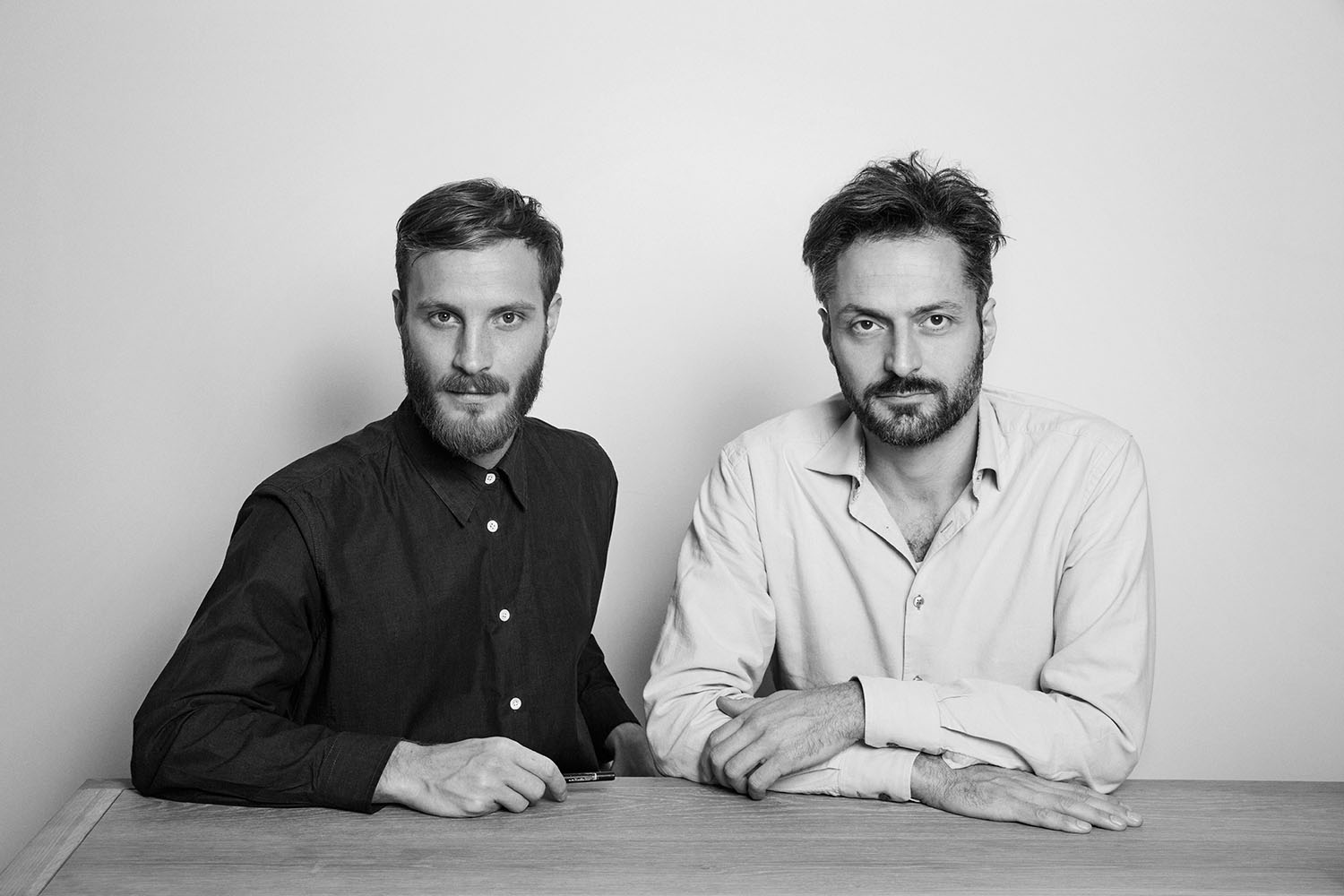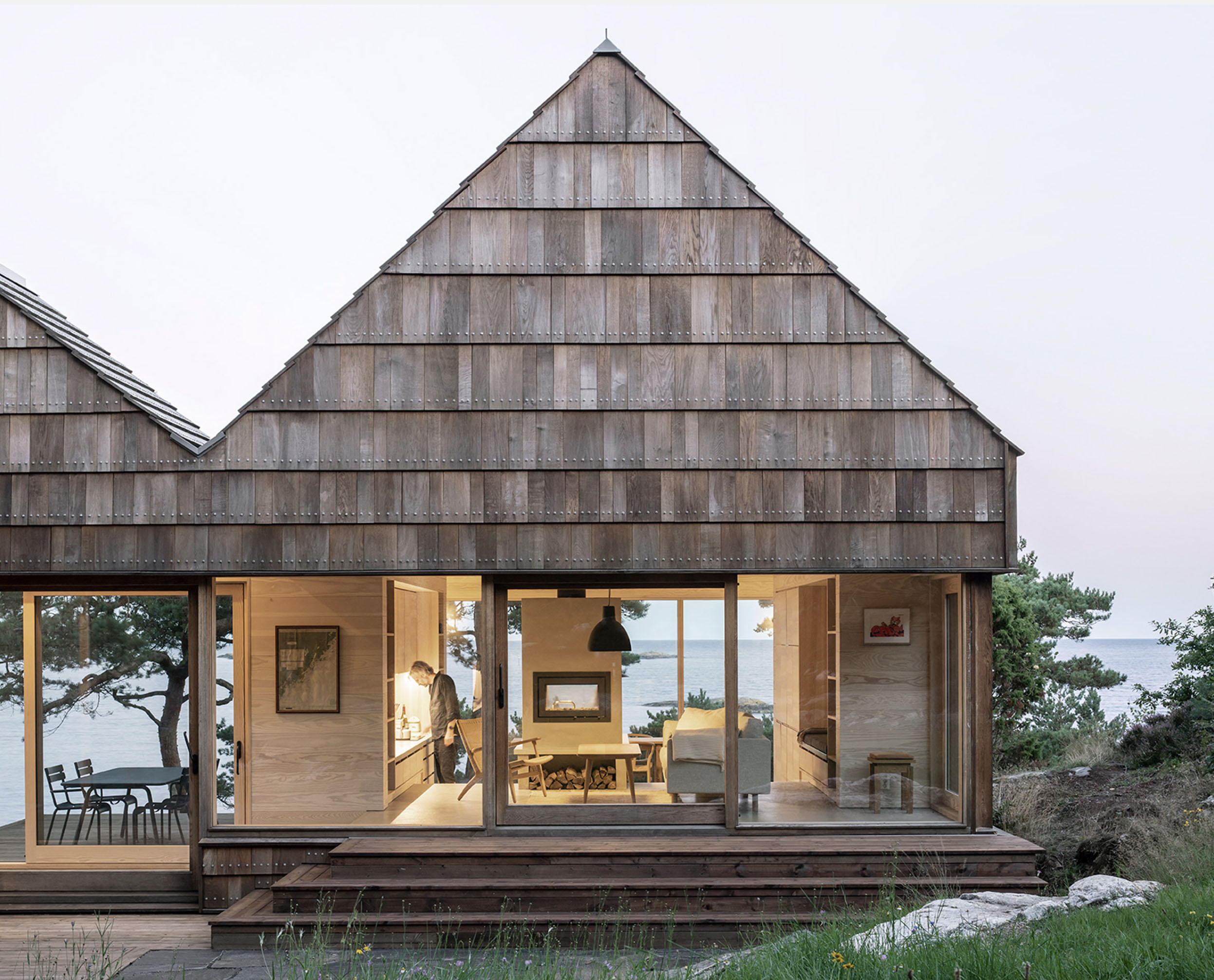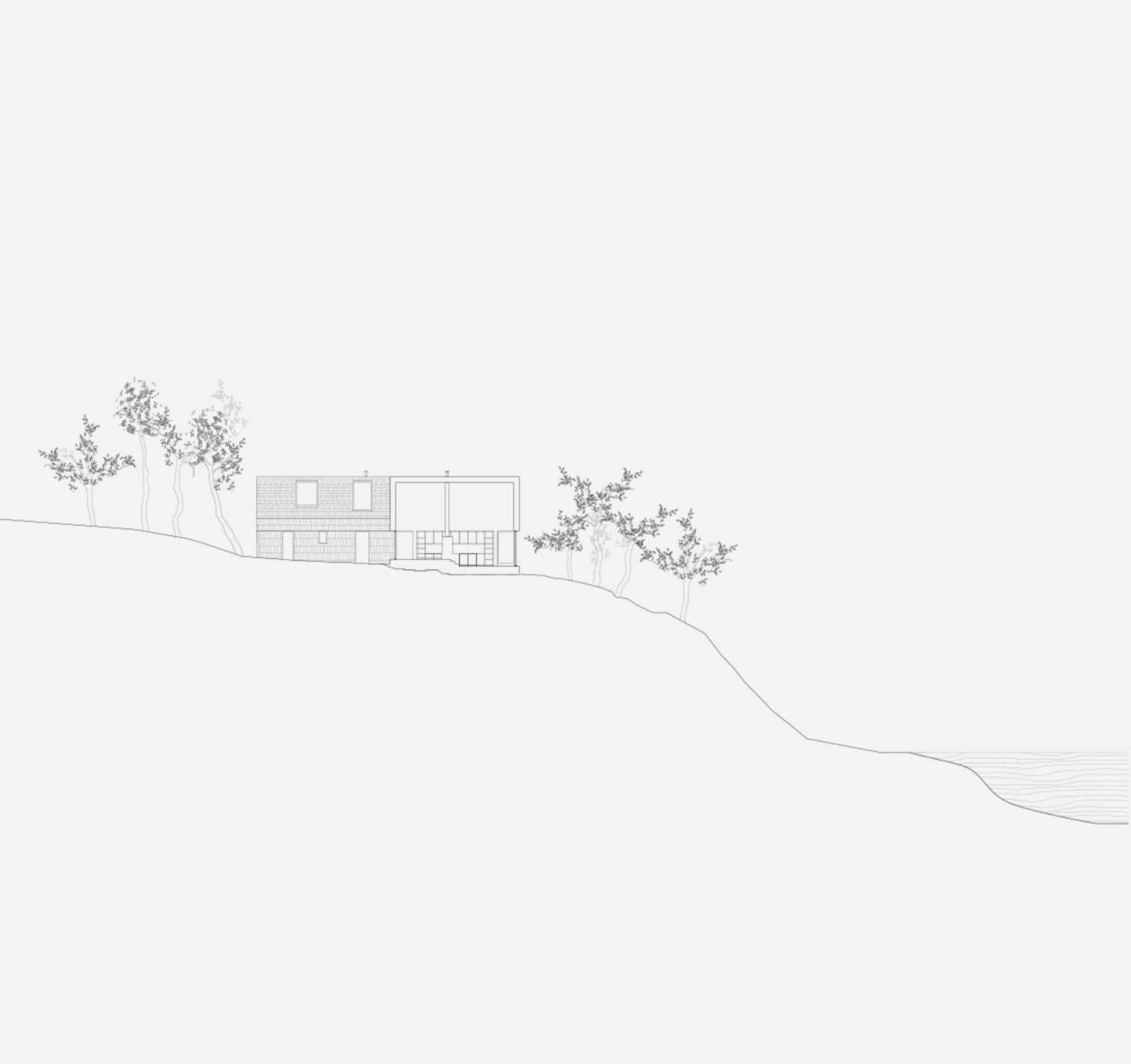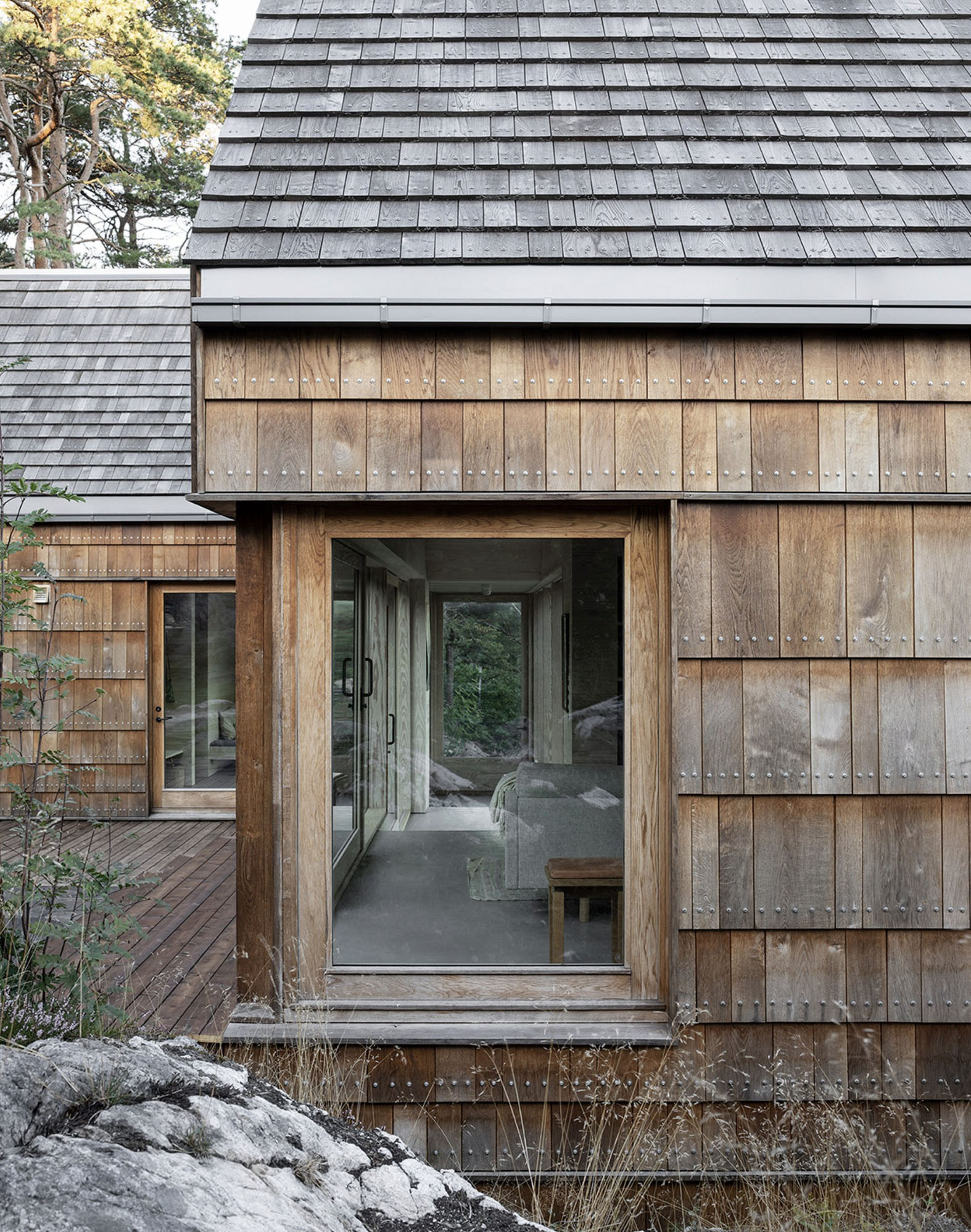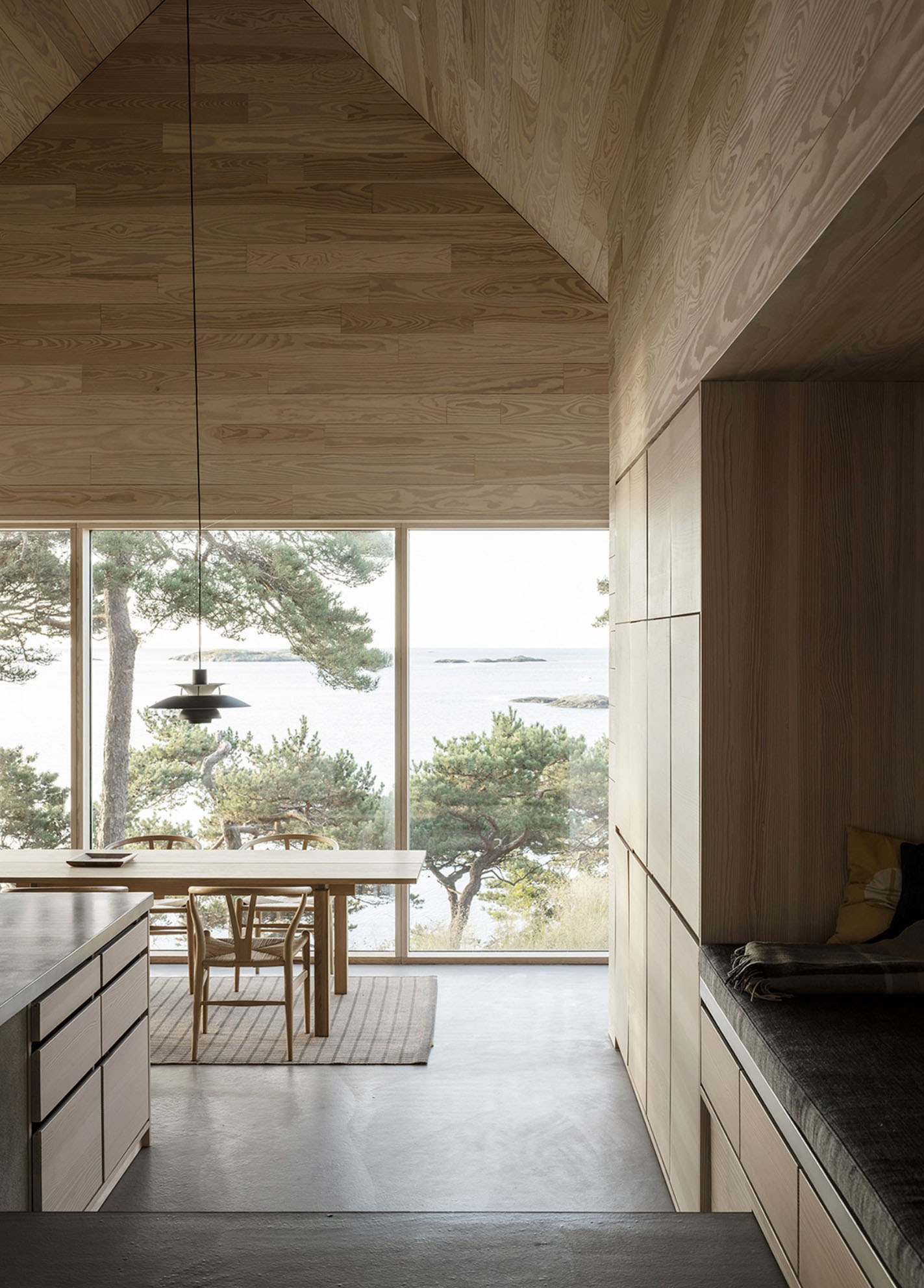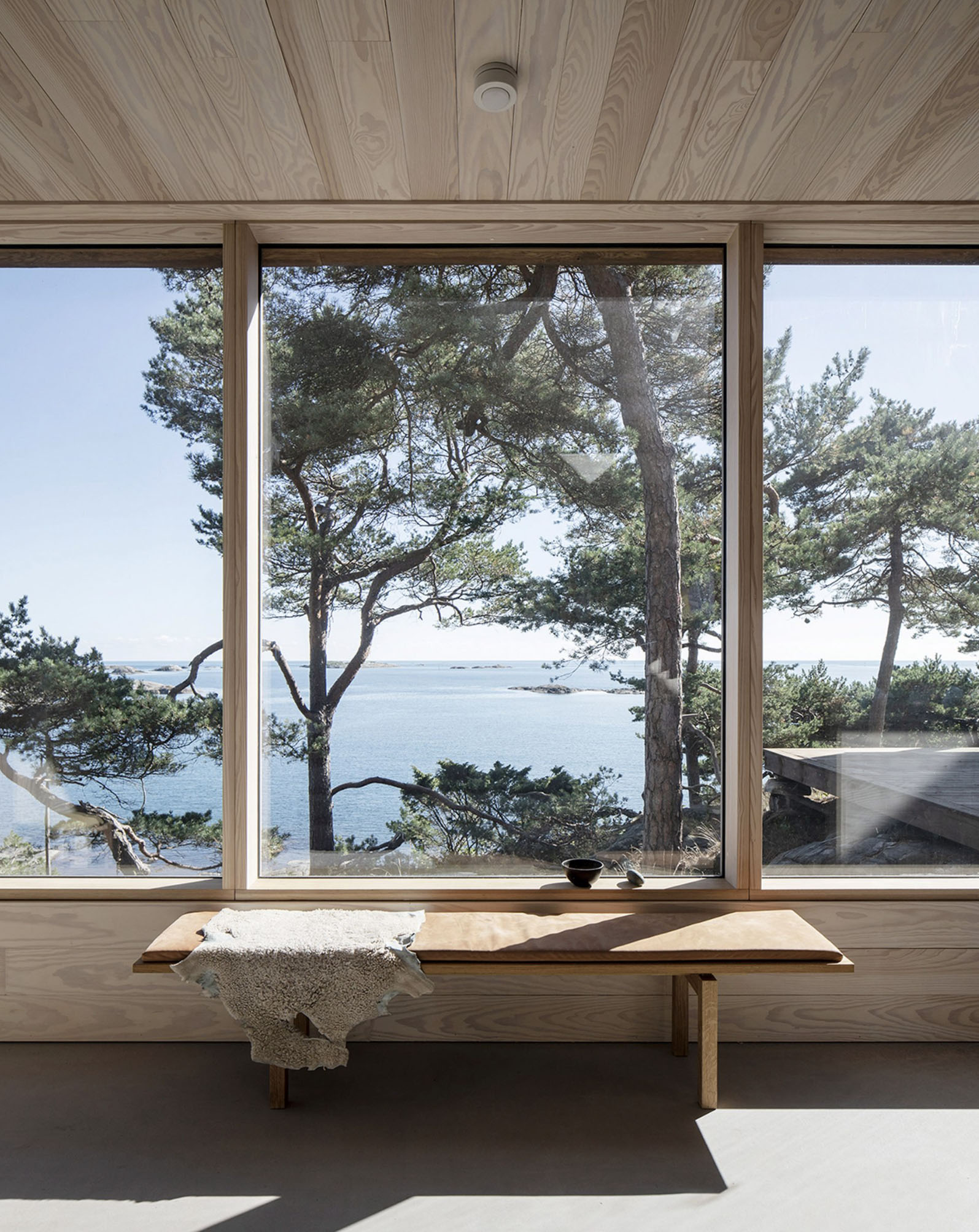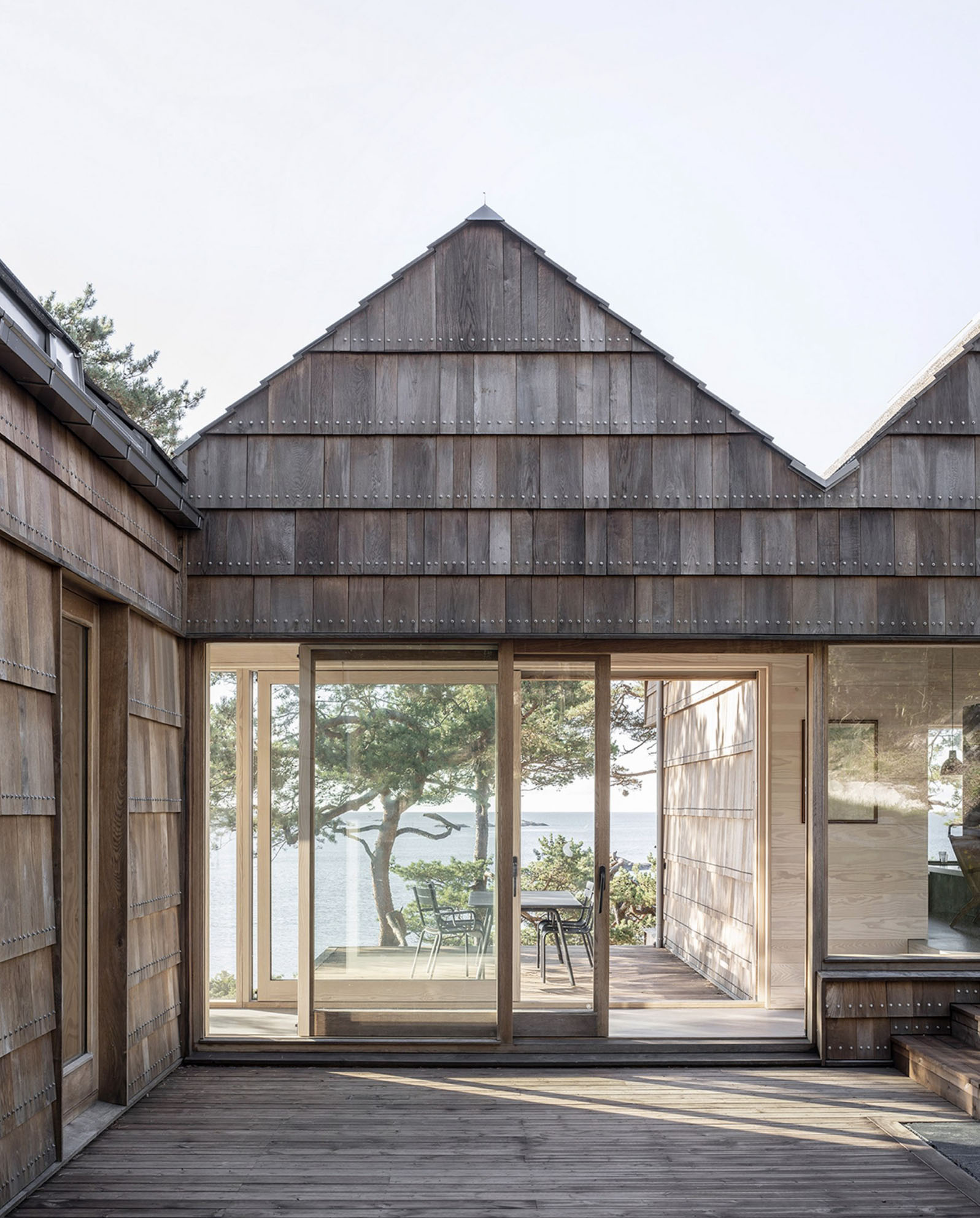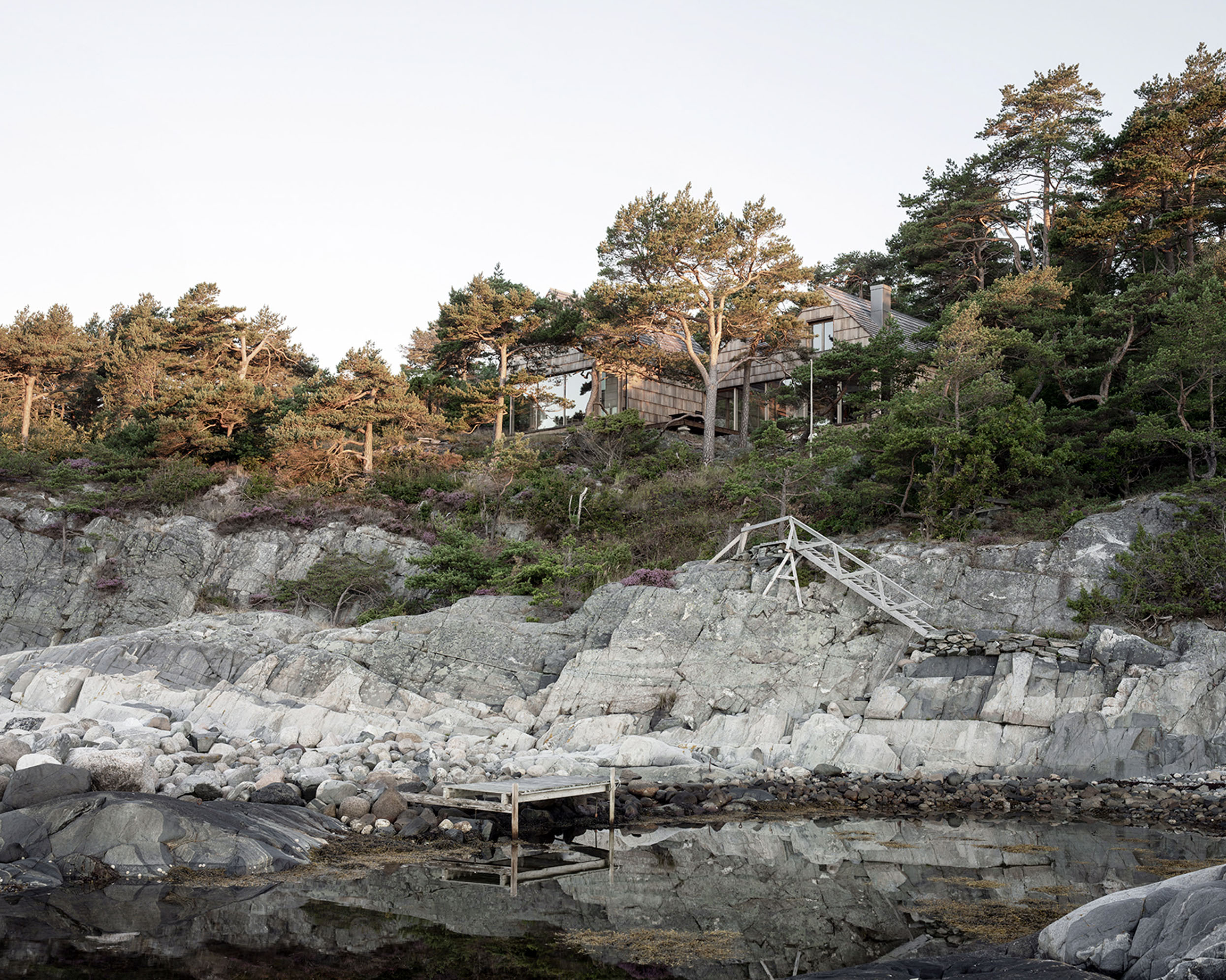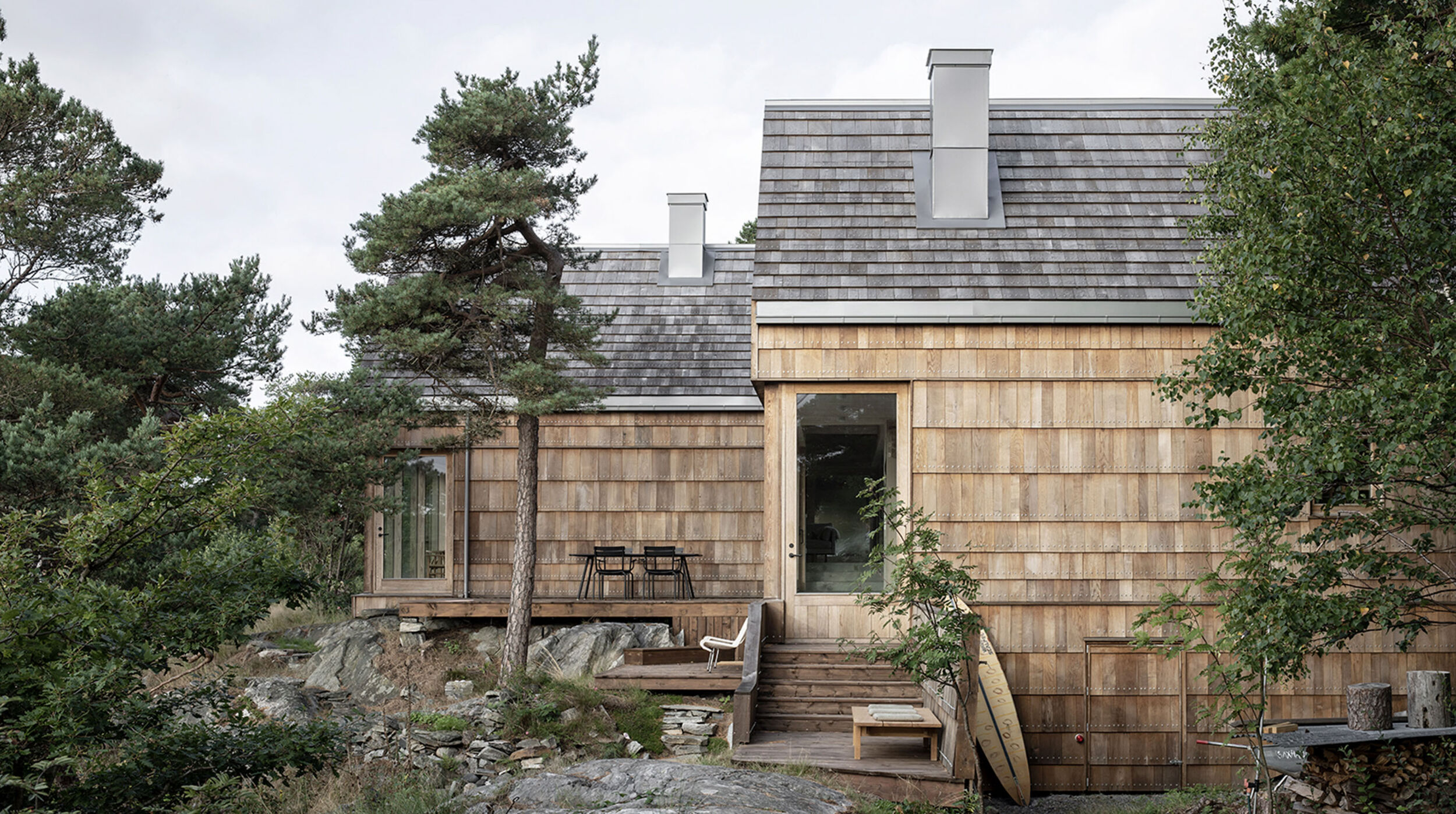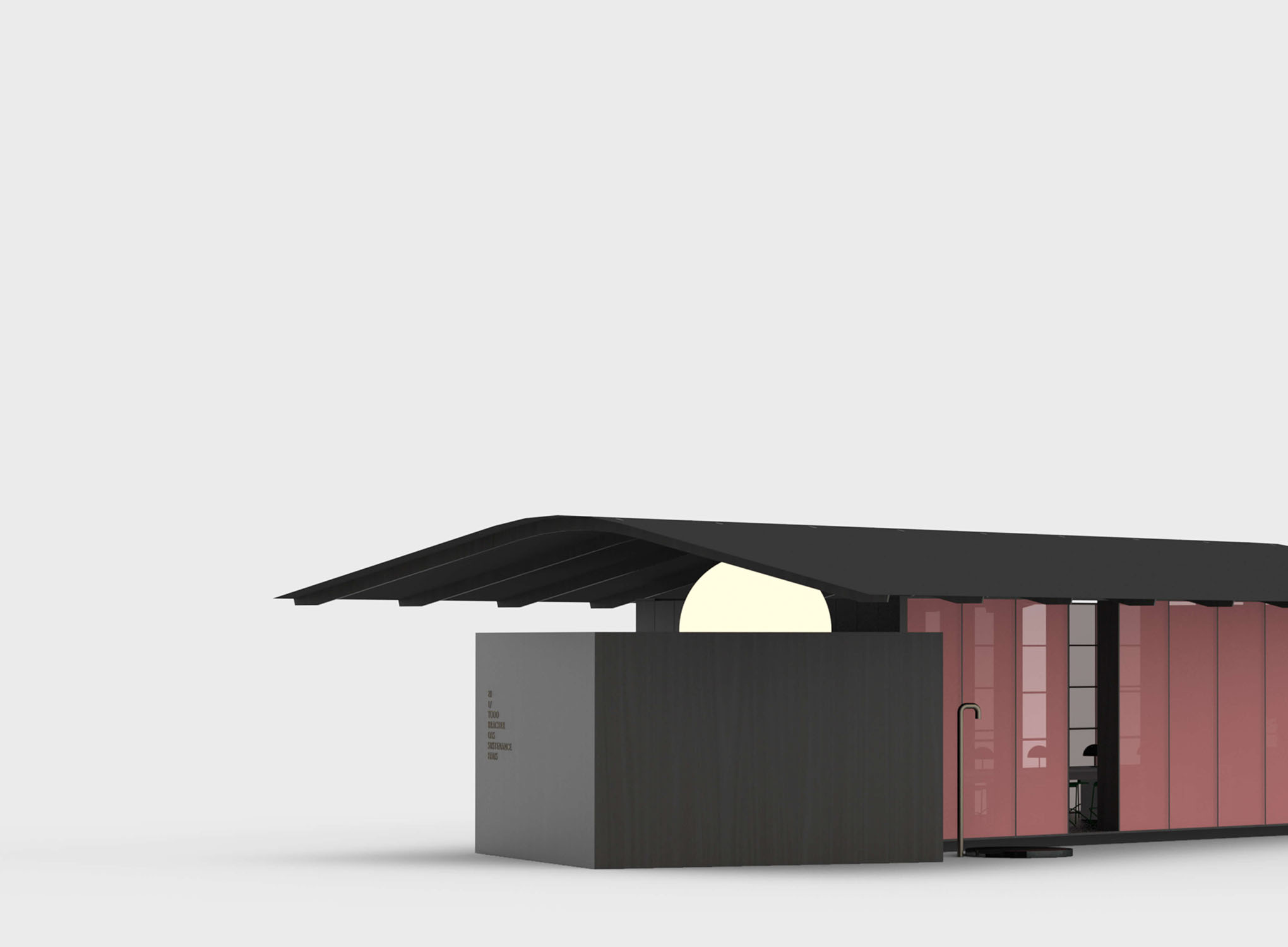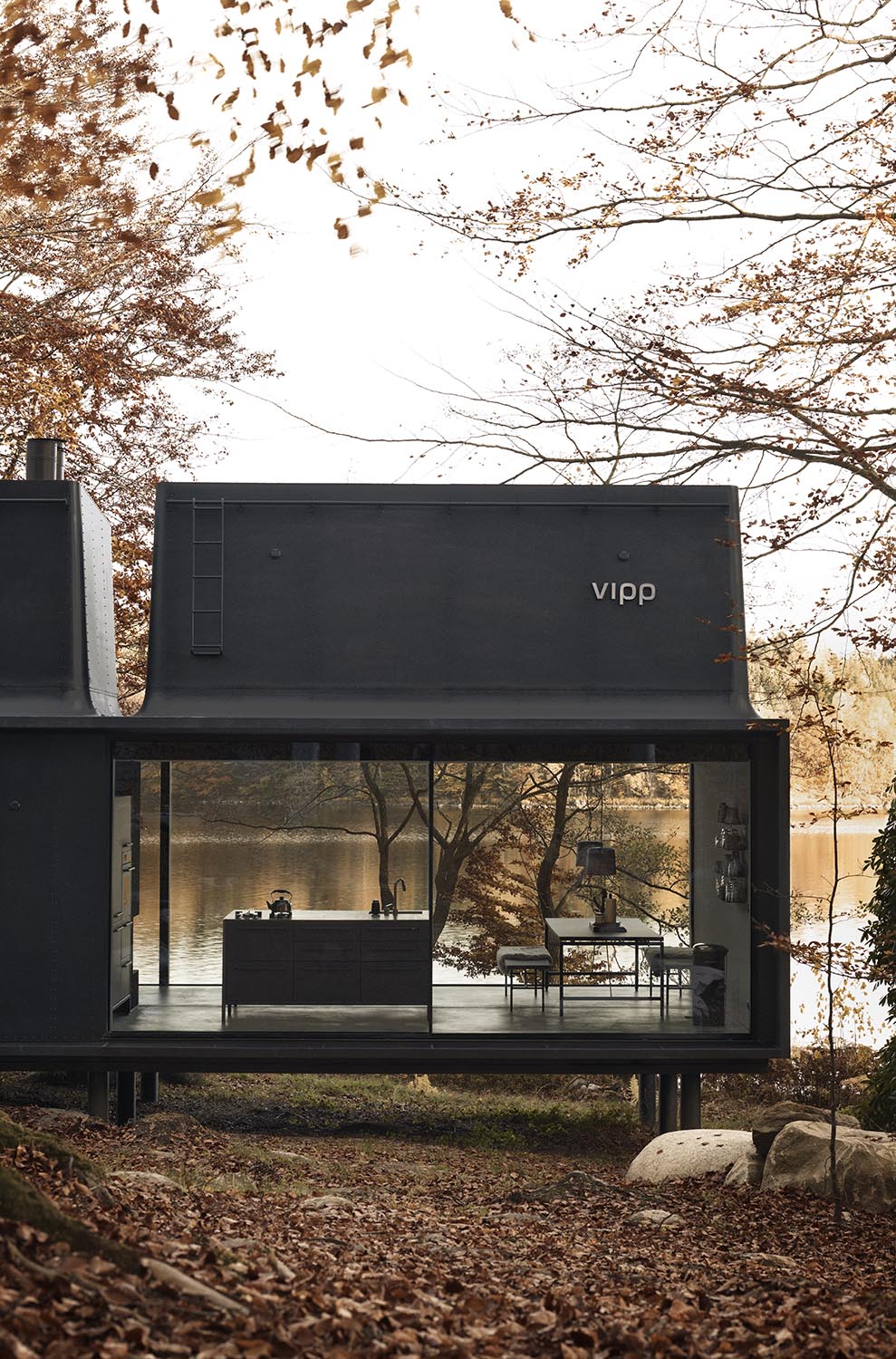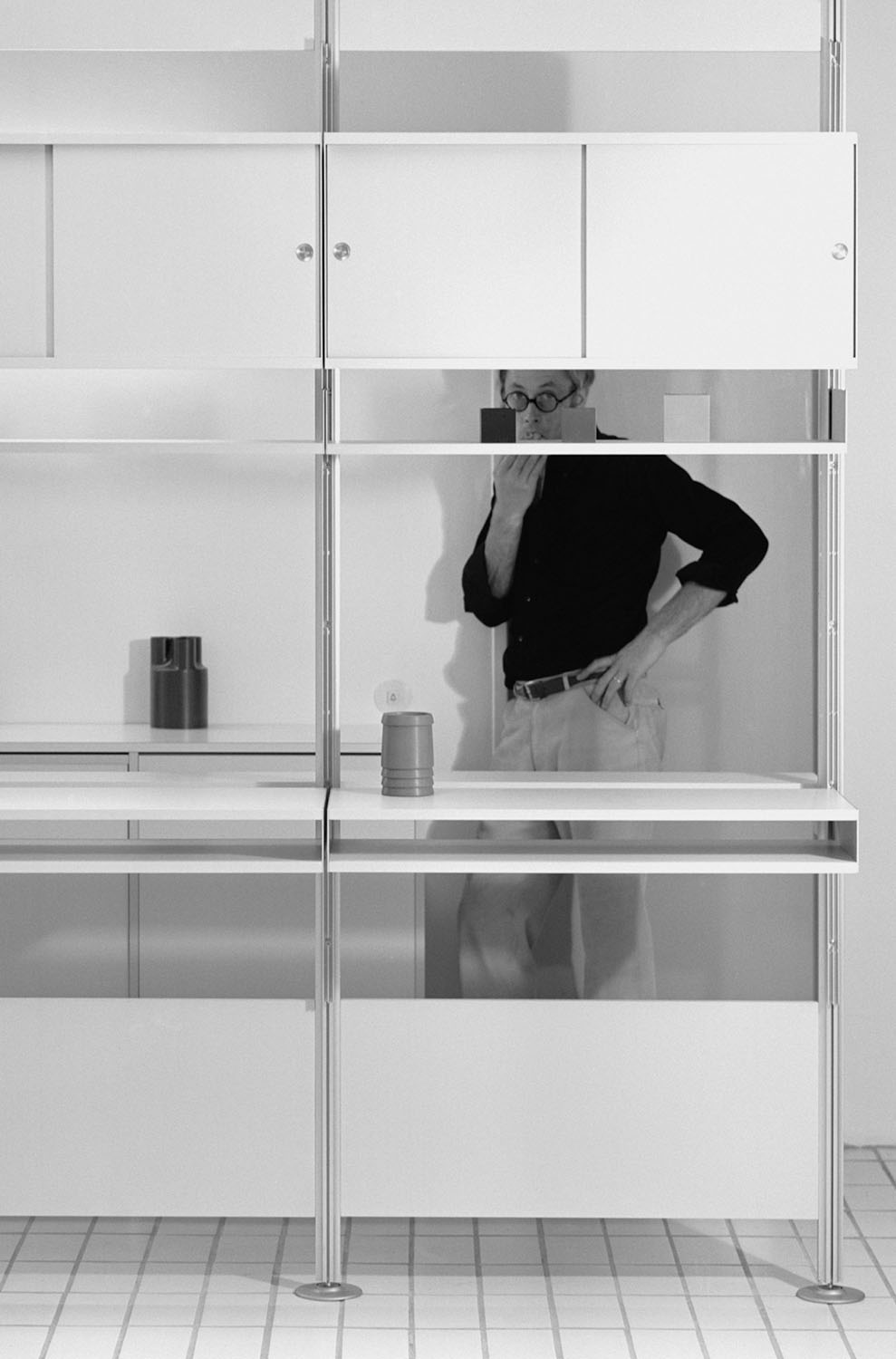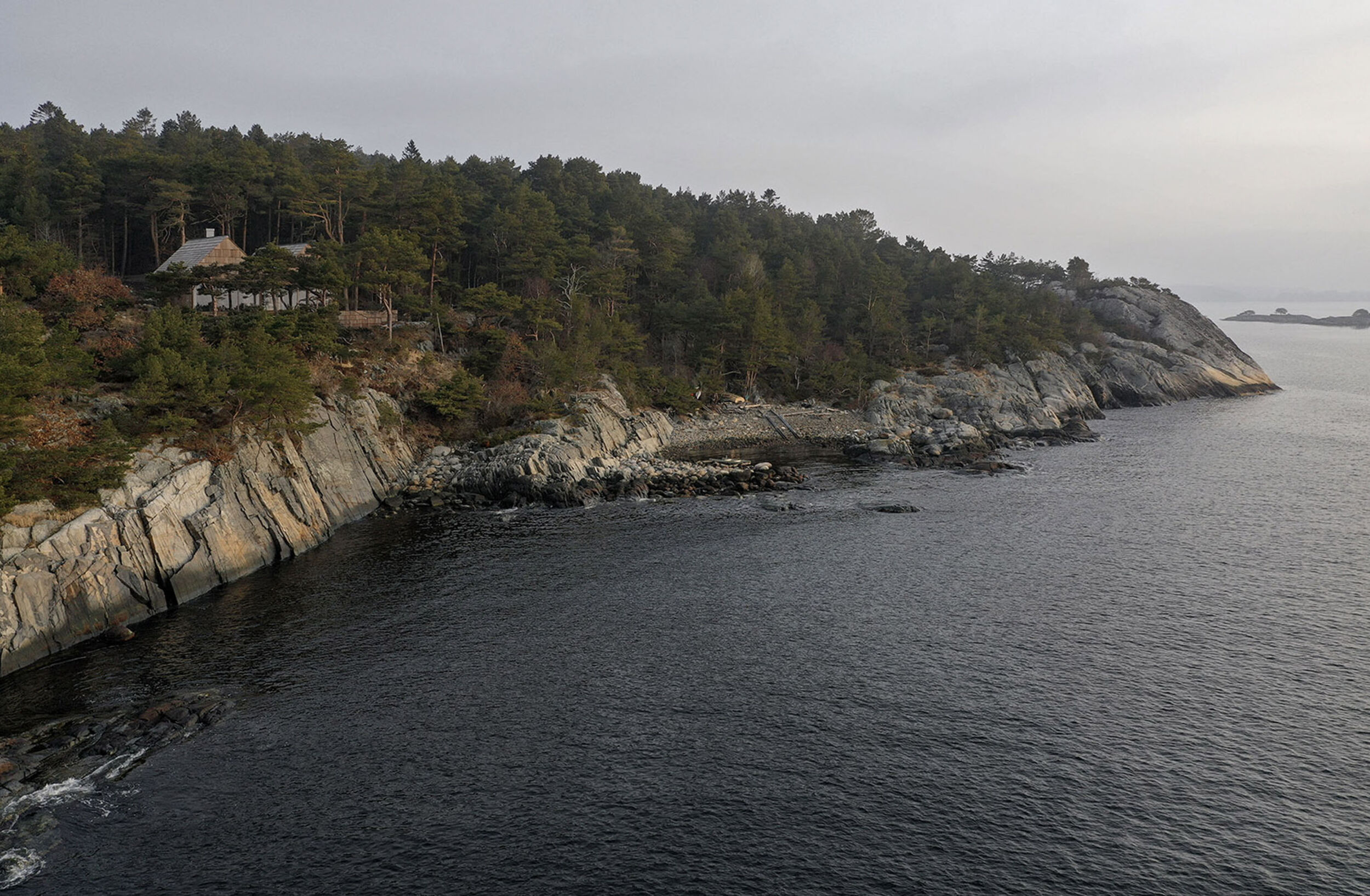
Architecture
Saltviga House
Kolman Boye Architects is a leading design firm in contemporary architecture. Their knack for crafting structures that harmonize with nature, their unwavering commitment to sustainability, and their meticulous attention to detail have rightfully positioned them as pioneers in their field. Renowned for their dedication to innovative design that seamlessly integrates with the natural world, this architectural studio was founded in 2005 by Norwegian architects Erik Kolman Janouch and Victor Boye Julebæk. Since its inception, it has garnered international acclaim for its unique and thoughtful approach to architecture.
The philosophy of Kolman Boye Architects centers on creating designs that connect people with nature while providing functional and sustainable living spaces. Their work reflects a deep respect for the environment and a keen understanding of how architecture can enhance the human experience. Kolman Boye Architects are also known for their meticulous attention to detail. Every aspect of their designs, from the materials used to the placement of windows and the flow of natural light, is carefully considered. This meticulous approach results in spaces that are not only beautiful but also highly functional and enjoyable to inhabit.
The firm’s commitment to sustainability goes beyond just using eco-friendly materials and technologies. They consider sustainability as an integral part of their design process. The Saltviga House, for instance, showcases their dedication to sustainability by incorporating features like the green roof and geothermal heating. These elements not only reduce the environmental impact of the building but also enhance its functionality and comfort.
In their recent projects and their contributions to teaching and research, Kolman Boye Architects encountered Dinesen materials in diverse forms, including the traditional flooring as well as scraps and off-cuts resulting from the production of bespoke, made-to-measure floors. This unique encounter sparked their interest in constructing an entire building using these seemingly discarded materials, an approach characterized by its subtlety and a profound respect for these resourceful remnants, which might have otherwise met their fate as mere firewood.
Aside from their undeniable visual appeal, these off-cuts possess a notable attribute – a remarkably low embodied carbon footprint, making them a compelling alternative to the more commonly used, carbon-intensive construction materials.
The idea of repurposing these remnants into a residential structure evolved through a meticulously crafted strategy. Kolman Boye Architects began by categorizing representative batches of materials from the production, scrutinizing aspects such as size, quantity, and quality. This initial phase paved the way for the construction of numerous 1:1 mock-ups, allowing the architects to delve deeply into the intricate aspects of stacking, layering combinations, technical properties, and the experiential dimensions of these materials.
Unlike the traditional split wooden shingles typically found in Norwegian architecture, their research into these sawn timber planks led them down a path that was straightforward yet demanding. It required a profound understanding of traditional materials and a significant developmental process to make it viable both in terms of time and economics.
The production and assembly of the timber components drew heavily upon the collective expertise of the involved carpenters, joiners, and suppliers. Each of the 12,000+ individual oak off-cuts from Dinesen’s floor production underwent meticulous pre-cutting to minimize waste, pre-drilling, and treatment with tar at their carpentry facility before being transported to the site. On-site, the assembly of the facade demanded precision, with each individual oak element requiring careful handling and over 20,000 stainless steel screws for secure fastening. This approach reinforced the cladding’s robust, assembled, and layered character.
The resulting structure gracefully integrates itself into the landscape, nestled among rocks, lichen-covered terrain, ferns, conifers, and deciduous trees along the southeastern coast of Norway, facing the Skagerrak Sea. Without altering the natural terrain, the building ingeniously adapts to the northeast sloping ground. It takes shape as three distinct volumes, thoughtfully positioned on five different levels.
Externally, these three volumes create two distinct spaces, separated by an adjustable wind barrier. There’s a serene courtyard nestled in the forest, sheltered from the brisk winds, and an open deck that gazes out toward the sea through an existing pruned “window-band” in the conifers.
Internally, each space possesses a unique volume and ceiling height. The central hallway provides unobstructed vistas throughout the entire dwelling, with windows that stretch the full length of the facade, offering unity and coherence to the various levels. As time passes, the exterior oak cladding will weather to a silvery-grey hue, harmonizing with the surrounding slate and granite landscape, while the interior Douglas cladding retains a slightly warmer, whitish tone, balanced by the neutral screed floors.
Words: Editorial Board
Photography: Courtesy of Johan Dehlin and Kolman Boye Architects.
